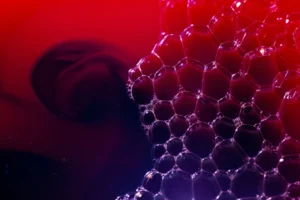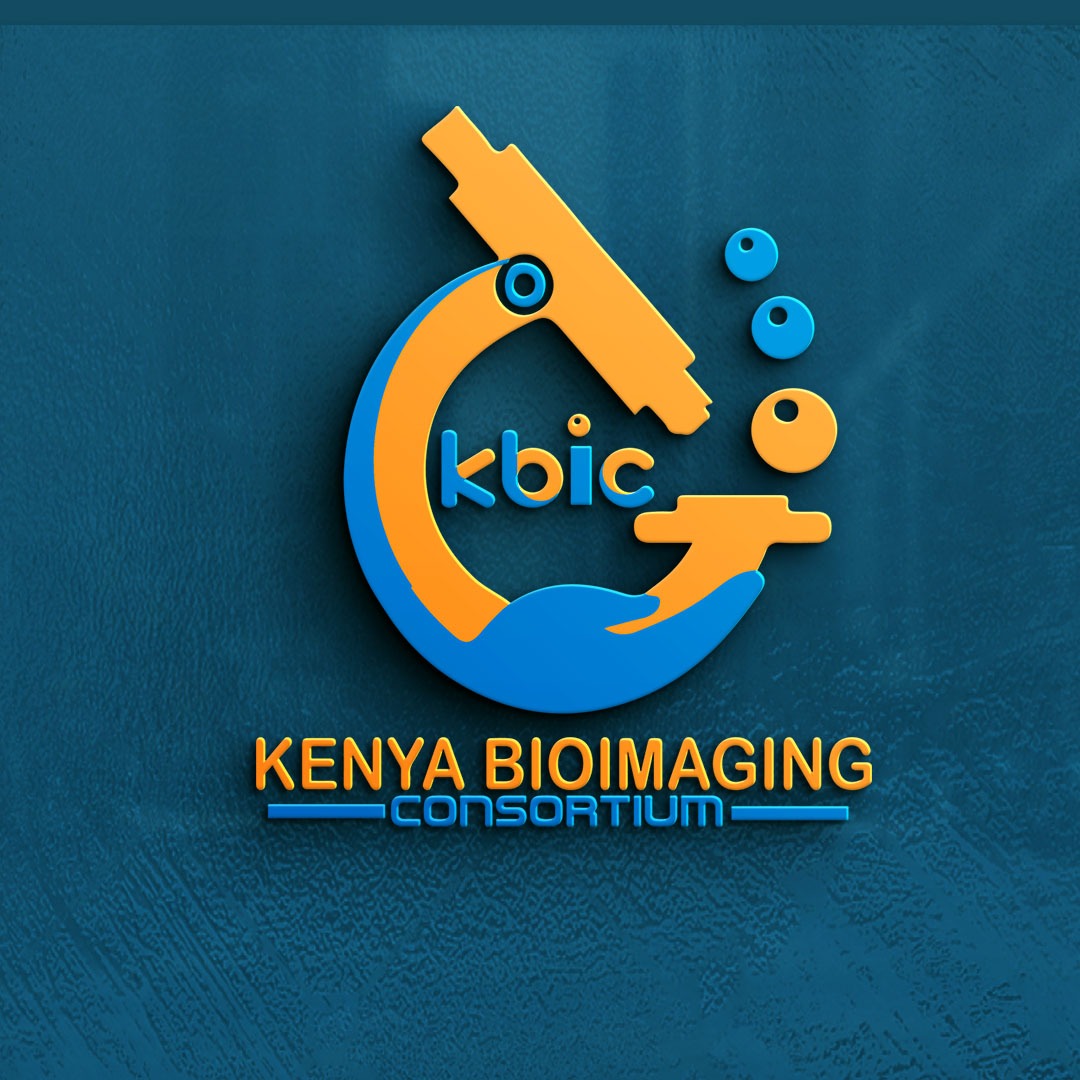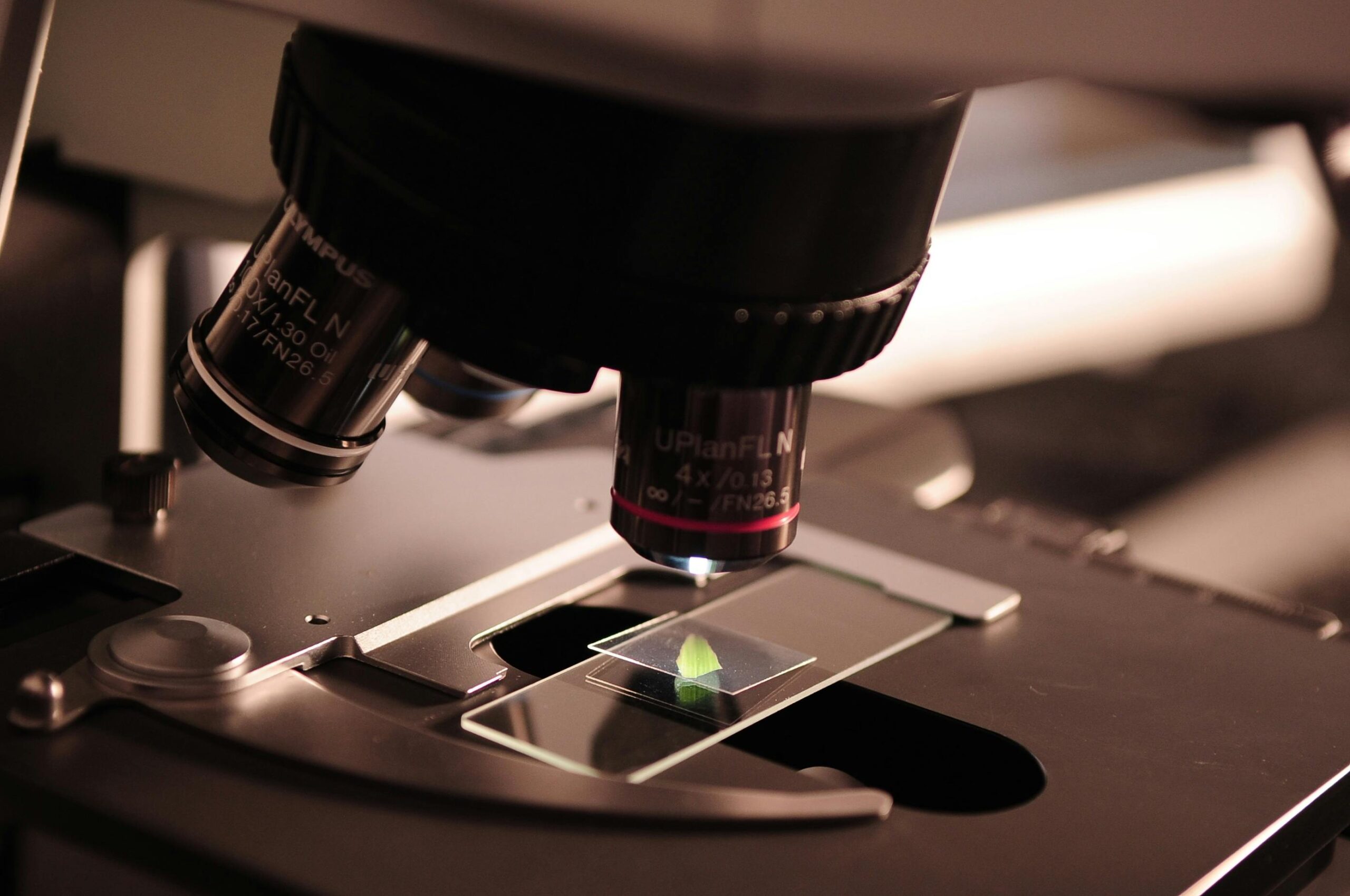Ever wondered why nearly 40% of cancers are diagnosed too late for effective treatment? It’s not just about catching diseases earlier—it’s about seeing them with unprecedented clarity.Nanotechnology in bio-imaging is completely transforming how doctors detect illness in your body. Tiny particles, massive impact.
The marriage of nanotechnology and medical imaging isn’t just tech jargon. It’s the difference between spotting a tumor when it’s the size of a grape versus a pea. Between “we caught it early” and “I wish we’d known sooner.”
What if I told you these microscopic helpers can travel through your bloodstream, lighting up only the suspicious cells while leaving healthy tissue in the dark? And that’s just the beginning of what these tiny
medical detectives can do.

What is Nanotechnology?
Nanotechnology refers to the manipulation of matter on an atomic or molecular scale, typically at dimensions between 1 and 100 nanometers. At this minuscule scale, materials often exhibit unique properties that differ substantially from their larger-scale counterparts. This is crucial in bio-imaging, where precision and clarity are paramount.
The Role of Nanoparticles in Bio-Imaging
Types of Nanoparticles Used in Bio-Imaging
Quantum Dots: These semiconductor particles can emit light at specific wavelengths, and their brightness and stability make them ideal for imaging applications.
Gold Nanoparticles: Known for their biocompatibility and ease of functionalization, they enhance contrast in imaging modalities such as computed tomography (CT) and ultrasound.
Iron Oxide Nanoparticles: Often used in magnetic resonance imaging (MRI) to improve image quality while serving as contrast agents.
Advantages of Nanotechnology in Bio-Imaging
Enhanced Sensitivity and Specificity
One of the most significant advantages of using nanoparticles in bio-imaging is their ability to provide heightened sensitivity in detecting cellular and molecular changes. This improved sensitivity can lead to earlier diagnoses of diseases, enhancing the chances of effective treatment.
“By increasing the detection limit of bio-imaging modalities, nanoparticles allow for the visualization of diseases at their inception.”
Targeted Imaging
Nanotechnology allows for the development of targeted imaging techniques. By attaching specific ligands or antibodies to nanoparticles, they can preferentially bind to particular cells or biomarkers.
Personalized Medicine: This targeted approach not only improves imaging but also lays foundations for personalized treatment options based on the unique molecular profile of a patient.
Non-Invasive Techniques
Many conventional imaging techniques can be invasive and uncomfortable for patients. Nanotechnology supports the development of less invasive or non-invasive alternatives, particularly in tracking disease progression in real-time.
Future of Diagnostics: Imagine a nanoparticle-infused contrast agent that allows physicians to visualize tumors without needing a biopsy.

Applications of Nanotechnology in Bio-Imaging
Cancer Detection and Monitoring
Cancer remains one of the most challenging diseases to detect early. Nanoparticles enhance the effectiveness of imaging modalities, enabling the tracking of tumor markers even at very small sizes.
Case Study: Nanoparticle-Based MRI
Recent studies have shown that using iron oxide nanoparticles in MRI can significantly improve the detection of small tumors in animals, promising to translate into human applications shortly.
 Cardiovascular Imaging
Cardiovascular Imaging
Nanotechnology plays a pivotal role in cardiovascular diagnostics, where it aids in the detection of atherosclerosis and plaque buildup that may lead to heart attacks.
Magnetic Resonance Imaging (MRI): Functionalized nanoparticles improve the imaging of the vascular system, enabling doctors to make more informed decisions about treatment strategies.
Neurological Disorders
With disorders such as Alzheimer’s and Parkinson’s becoming increasingly prevalent, nanotechnology offers hope for early detection through advanced imaging techniques.
Case Example: Researchers are exploring the use of quantum dots in imaging amyloid plaques, a hallmark of Alzheimer’s disease, to facilitate earlier diagnosis.
Challenges and Future Prospects
Regulatory Hurdles
Despite the promise of nanotechnology in bio-imaging, there remain significant regulatory barriers that must be navigated. The unique properties of nanoparticles can lead to unforeseen biological interactions, making safety assessments complex.
Ethical Considerations
The application of advanced technologies in healthcare also raises ethical questions about privacy, consent, and the implications of personalized medicine.
Conclusion
Nanotechnology is poised to revolutionize the field of bio-imaging, offering unprecedented precision in diagnostics. As we continue to explore the miraculous capabilities of nanoparticles, we can anticipate significant advancements in early disease detection, targeted treatments, and overall patient outcomes.
As we look to the future, embracing these innovations while addressing ethical considerations and regulatory standards is crucial for the responsible advancement of medical diagnostics.



Leave a Reply